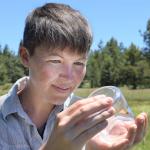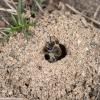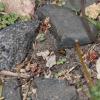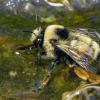One of the first steps in understanding a species’ conservation status is determining where it occurs—the ever-elusive distribution and habitat information. While this information may be readily available for better-known species like birds and mammals, it is often a major data gap for invertebrates. In fact, when we completed our recent IUCN Red List assessments for 128 North American fireflies, we found that species distributions was one of the most consistently identified data gaps. This fundamental piece of information was incomplete for nearly all of the fireflies we assessed. The sheer number of species and their collective geographic coverage can be overwhelming: how do we map out all of these different species ranges when researchers can visit only a handful of sites in any given year? Luckily for us, there’s a solution: community science. You may already be familiar with programs like eBird, Journey North, Bumble Bee Watch, or Xerces’ bumble bee atlases, but there are also community science programs specifically for fireflies.
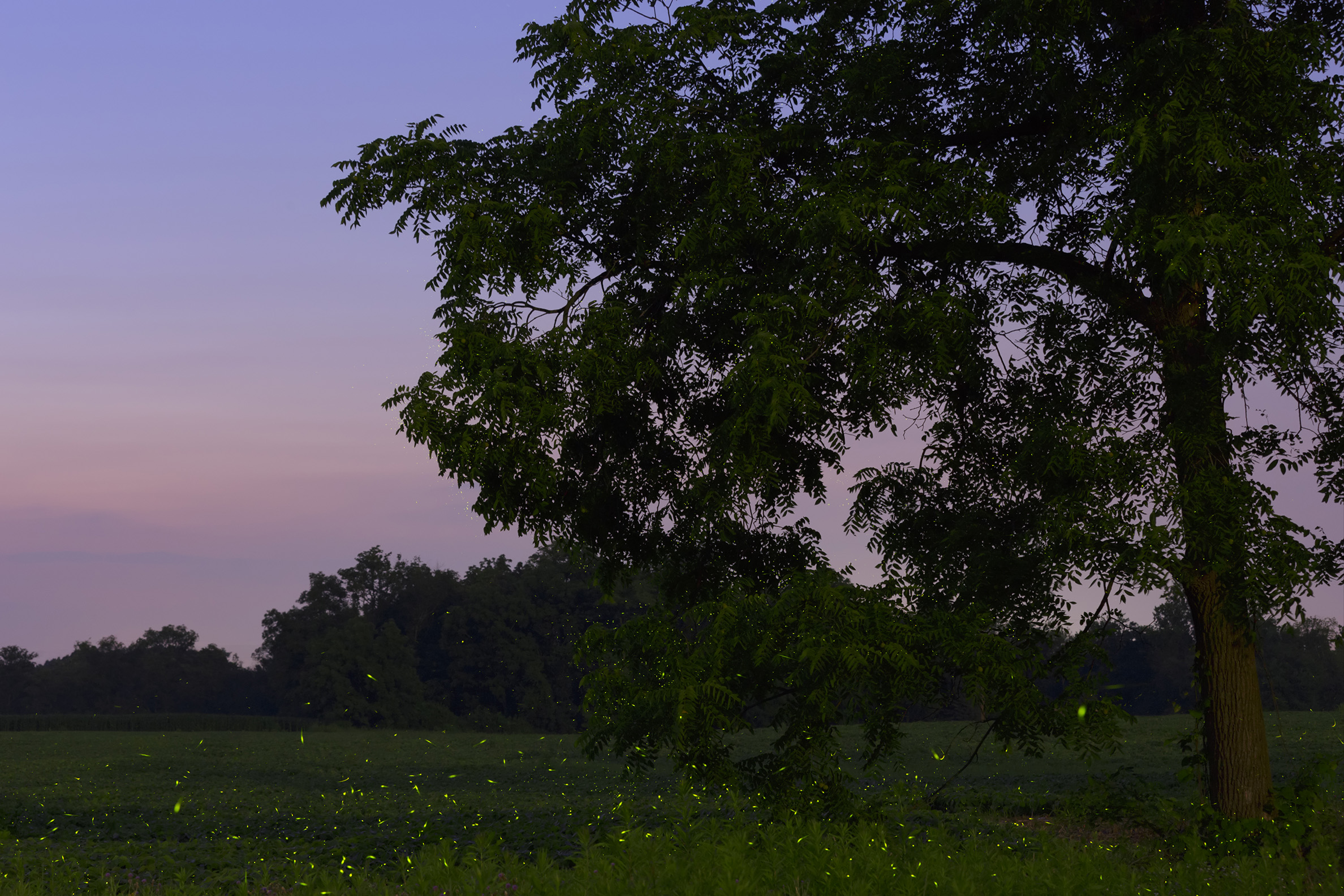
Watching fireflies at dusk is a cherished summer pastime. If you have a favorite spot where you watch fireflies each year, consider sharing your observations with researchers via a community science program like Firefly Watch. (Photo: Steve Byrne, Flickr [CC BY-NC-ND 2.0])
Firefly Watch, run by Mass Audubon, is the largest dedicated firefly community science program in North America. Focused on flashing firefly species (aka lightningbugs), they request that you commit to a weekly visit to a firefly site of your choice during the firefly season. This can be your backyard, your friend’s yard, or a nearby field or natural area. Once you’ve picked out the site that you will return to each week, it’s time to brush up on your local firefly species! Firefly Watch provides tools to do just this, from firefly flash charts to webinars. During each observation session, you will count the number of flashes you see in 10 minutes as well as the number of different patterns in three 10-second periods. You’ll also report on local site conditions, like wind, temperature, cloud cover, and habitat. This information will help researchers understand the geographic distribution of flashing fireflies and what environmental factors might be impacting their abundance. If you want to take it one step further, you can join the Firefly Watch Pro program, which asks participants to take more detailed data and identify fireflies to species.
If you live in the western U.S. and are lucky enough to have flashing fireflies—yes, they do exist in the western states!—you can not only participate in Firefly Watch, but also contribute your sightings to the Western Firefly Project. This project, run by the Natural History Museum of Utah, collects observations of flashing fireflies in places like Utah and Nevada. You simply fill out a web form with details about your sighting and the surrounding habitat, and then check a box if you’re willing to have a someone from the project follow up with you for more information.

A big dipper firefly (Photinus pyralis) observation from Georgia, submitted to iNaturalist. (Photo: James Kindt, iNaturalist [CC BY])
These programs are great for flashing fireflies, but what about our glow-worms and day active species, or even the larvae of flashing fireflies? For these, iNaturalist is a great option. Simply take a photo and submit it through the iNaturalist website or app along with the date and location of your observation. You can also submit photos of flashing species—if you do this, be sure to include a description of the flash pattern in the notes, since this will help determine the species ID. Firefly observations that are submitted to iNaturalist are then compiled into the Fireflyers International Network’s regional iNaturalist projects, where firefly experts and seasoned enthusiasts vet proposed species IDs and share their extensive knowledge of firefly morphology and life histories and what is known of distributions. Submitting your observations to iNaturalist is a great way to not only document your local firefly fauna, but also practice your ID skills and learn more about the species that occur in your area.
There are several other regional programs popping up across the country, from the Lampyridae of the Southwest U.S.A. and Northern Mexico". to Light Up West Virginia. Each of these has a similar goal: to document the distribution, habitat associations, and (in some cases) abundance of fireflies. Together, they are covering a larger and larger part of the country. Once we have an idea of where fireflies occur and what habitats they’re using, we will be much better poised to take further conservation action for the species that need it most.
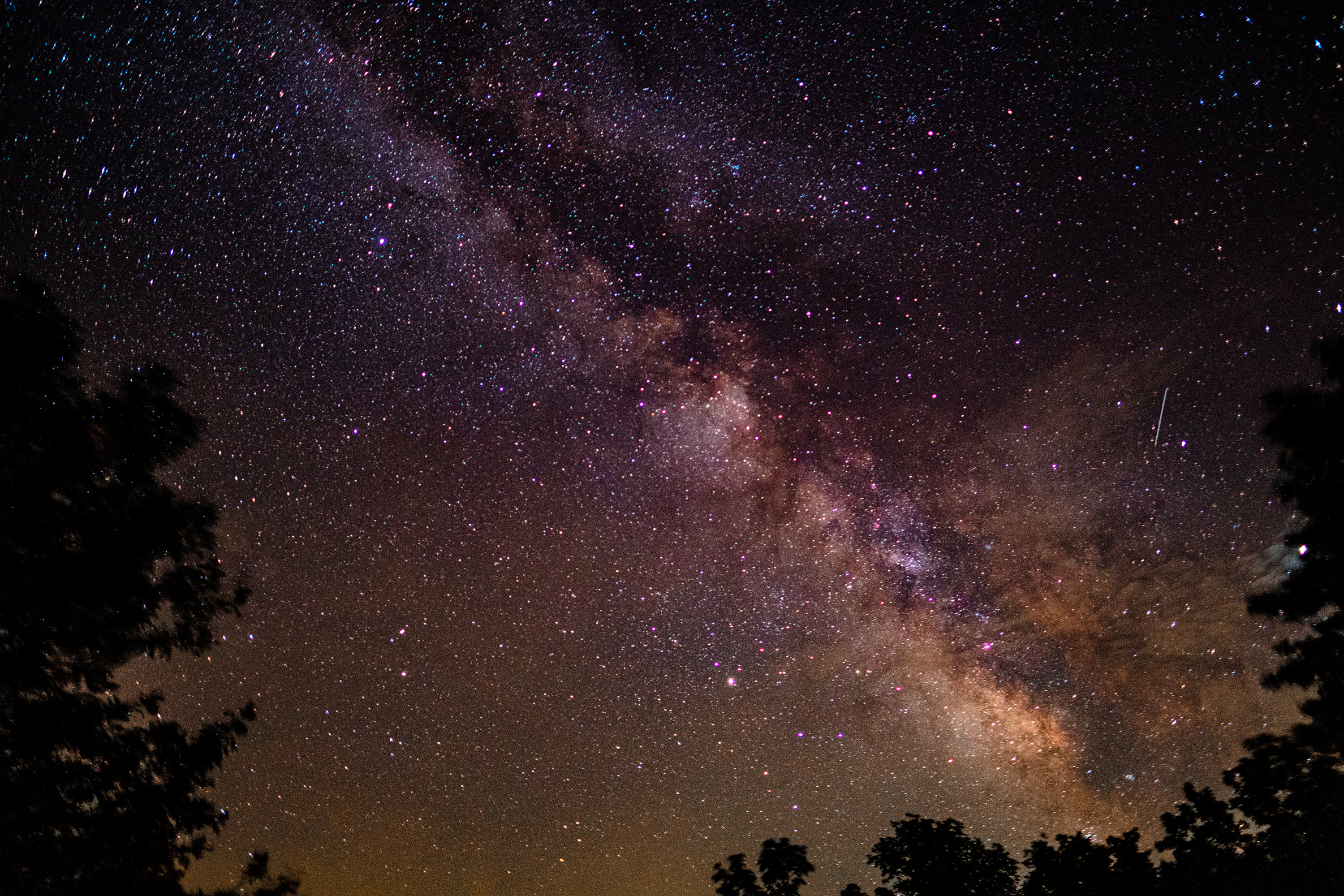
<caption>Dark skies are critically important to the survival of fireflies and many other nocturnal animals. Here you can see the Milky Way from a site in Nebraska. (Photo: Andrew Seaman, Flickr [CC BY-ND 2.0])
Beyond these firefly programs, there are a number of dark sky initiatives that tie in really well with firefly conservation. For example, the community science project Globe at Night tracks night sky brightness all over the world, helping to raise awareness of this growing threat of light pollution that affects not only fireflies and other nocturnal animals, but humans as well. About 75% of firefly species in the U.S. and Canada are nocturnal, relying on bioluminescent courtship signals to find and communicate with potential mates. Because light pollution can interfere with these signals (and thus their reproductive success), it is considered a major threat to their survival. By taking simple measurements of night-sky brightness with your smart phone, you can help researchers better understand how our night skies are changing. You can learn more about the importance of dark skies and other dark-sky initiatives from the International Dark-Sky Association.
The next time you’re admiring a firefly or gazing out at the night sky, consider sharing your observation through one of these programs. Collectively, we can start to fill in these data gaps and ensure fireflies keep on thriving.
Further Reading
Browse a list of firefly community science projects on our website: https://xerces.org/endangered-species/fireflies/community-science.
For more information on conservation actions you can take to help fireflies, visit https://xerces.org/endangered-species/fireflies/how-you-can-help.
To learn more about fireflies in your area, pick up a copy of the field guide Fireflies, Glow-worms, and Lightning Bugs, by Lynn Faust.

